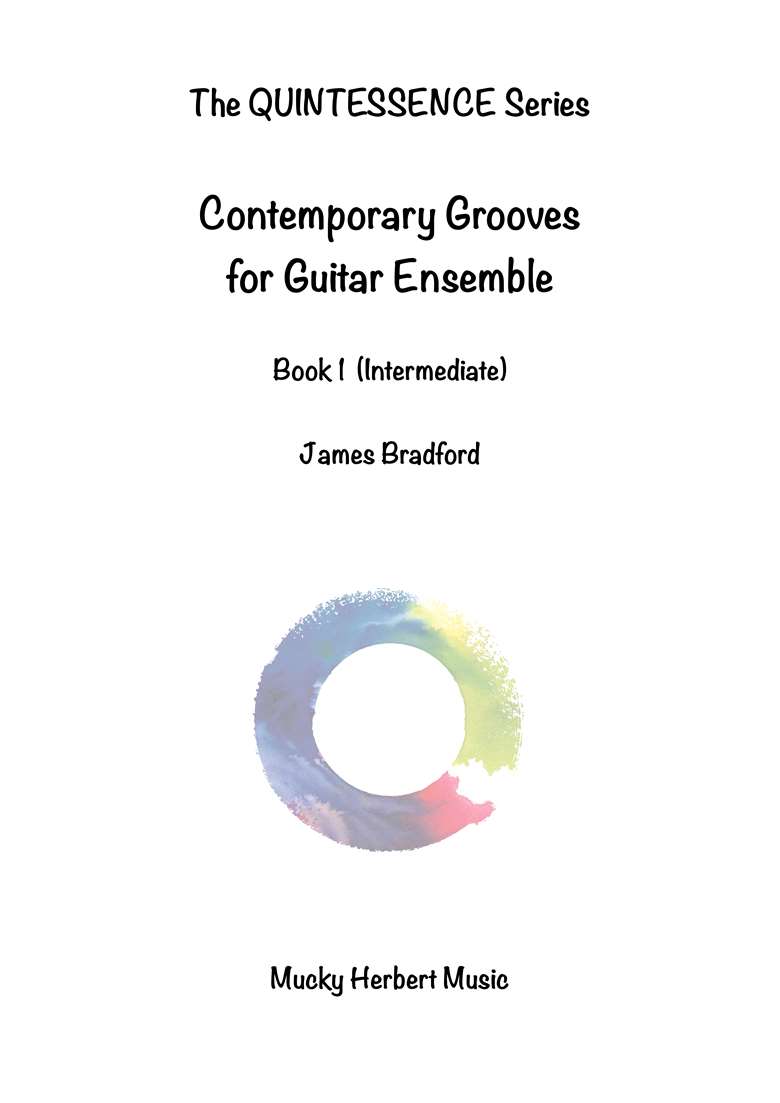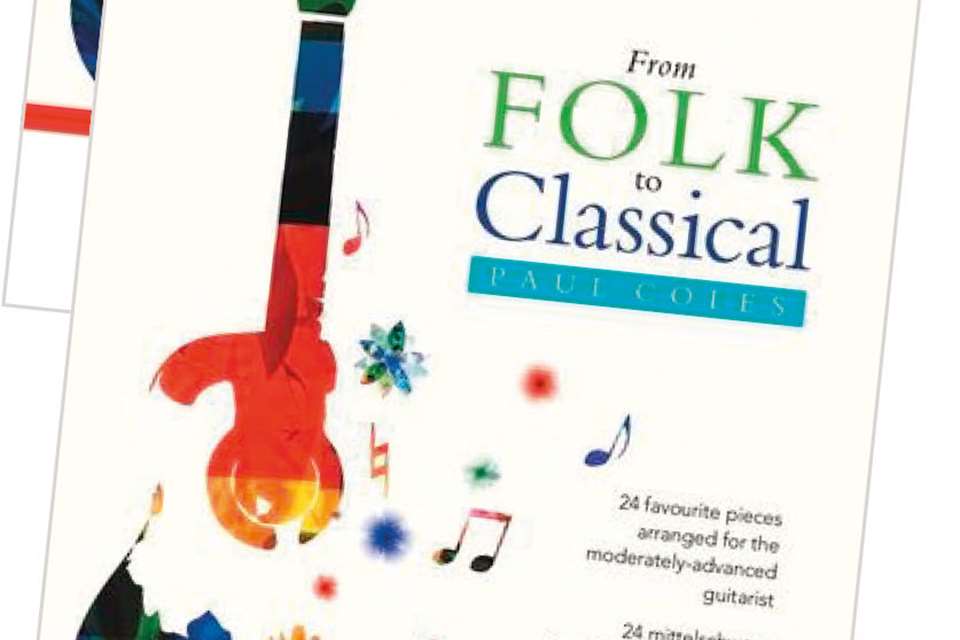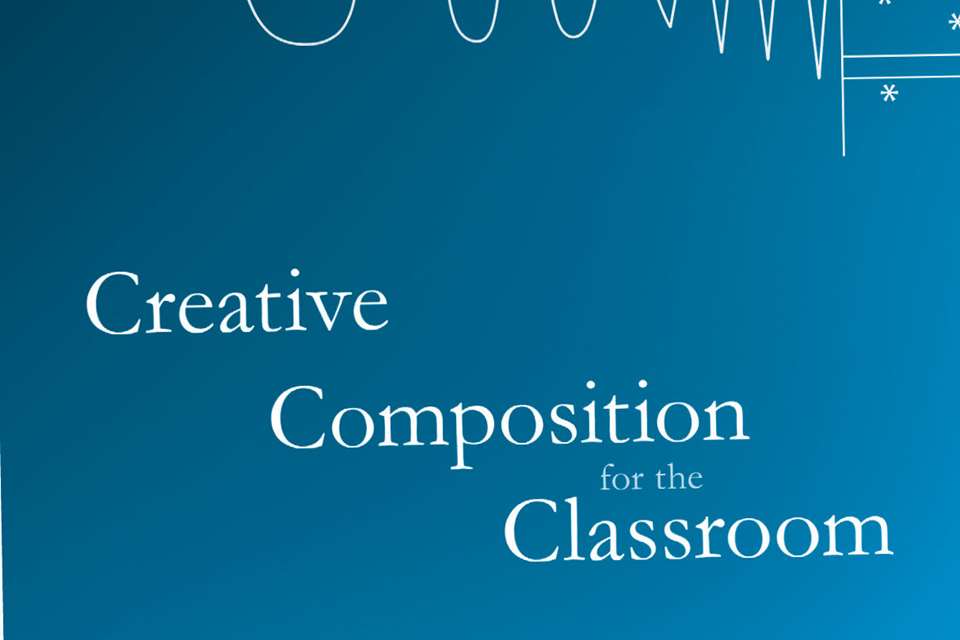Guitar Sheet Music Reviews: Contemporary Grooves for Guitar Ensemble
Al summers
Monday, August 1, 2022
Al Summers reviews Contemporary Grooves for Guitar Ensemble by James Bradford, published by Mucky Herbert Music.

These four pieces –three originals and an arrangement – have been tried and tested by their composer in classroom conditions. I therefore tested them with two different ensembles. Some were fluent in both tablature and clef notations, printed together here. In one small ensemble, some prefer TAB and are seeking to learn clef reading so could be considered early grade beginners. A larger ensemble was made up from intermediate and more advanced guitarists (Grades 4 to 8) aiming to improve their sight-reading ability and theory knowledge.
Having written several hundred pieces for small and large, often mixed ability guitar ensembles over several decades, fresh ideas from others are always exciting. Ensemble playing is important for guitarists, who have virtually no access to any type of orchestral experience. The result can be a sloppy sense of rhythm and pulse, leading to musical deficiencies such as poor phrasing and ill-defined dynamics. These pieces address these aspects with great clarity and effectiveness, a significant part of James Bradford's intention.
Although I'd raised the print size to the maximum that margins would allow, participants commented upon the very small print. This was more evident in the TAB, where the numbers are indistinct. This is no matter, as the clef notation shows more information, but the lack of rhythm indications in the stemless TAB may hinder some players. While clef notation is generally clear, there are some slightly fussy unnecessary ties.
The arrangements work well, are effective, and very catchy. My participants soon understood the role of each part as well as how each arrangement works. There is pragmatic use of all common repeat marks, relating well to the structure of each piece and helping pupils with the geography of musical notation, avoiding excess pages or awkward page-turns.
A generic blues, a soft country rock, a strong rock piece with a bass focus, and an arrangement of a Congolese round titled Banaha all contain melodic interest for each part, as well as idiomatic harmony. Parts complement each other, contributing to overall cohesion with plenty of interesting individual sections. Syncopation and creative use of rests give the players something to get their teeth into and encourage good-sounding results.
As teaching pieces (an important part of the composer's design), these work very well. Bradford wanted these pieces to challenge and engage students while being fun, and he has succeeded. My guitarists enjoyed working out the forms from the repeat signs and terms; they also found some of the rests challenging and effective. This teaching material will be pleasing to tutors, particularly since the writing is lucid and the resultant sound, given a little work, is charming and satisfying.








